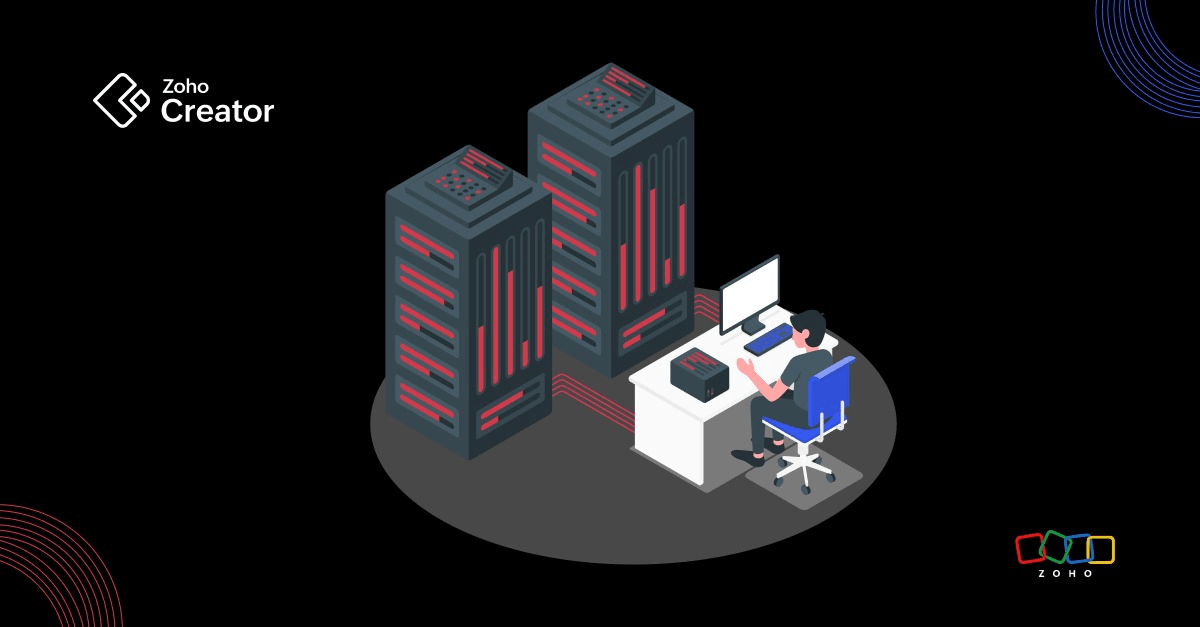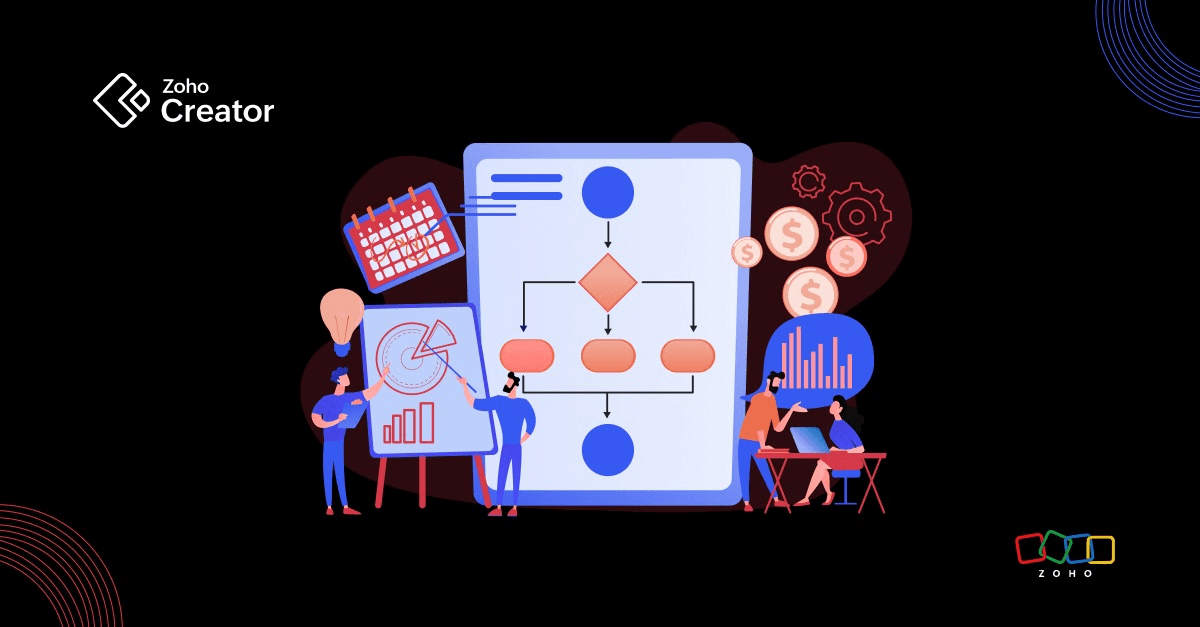- HOME
- Know Your Tech
- Top four essential tools your digital workplace needs
Top four essential tools your digital workplace needs
- Last Updated : April 20, 2023
- 6.9K Views
- 6 Min Read
Now, more than ever before, the world economy is going digital. And it’s not just the tech giants that are encouraging working from home—it’s becoming the norm across industries. Even after this pandemic, we’re likely see organizations continue to power this transformation towards a more flexible, digital future.
Having said that, it’s important to ensure that we don’t compromise on productivity as we make the shift to remote working. We need to use all the digital tools at our disposal to make work as efficient, economical, and fulfilling as possible.
Why businesses need digital workplace tools in an increasingly tech-powered economy
There was a time when “going digital” was an option rather than an inevitability, but that time is long past. The right digital workplace tools will make the entire process easier by:
Organizing knowledge
A digital workplace needs to allow for the seamless exchange of information. Incorporating transparent digital tools, where information can be both shared and stored securely, is the best way to do that.
Storing information
Information is growing at an exponential rate. And it’s coming from a variety of sources—whether it’s the point of purchase at a retail outlet, a website, or a Twitter feed. Since information is growing so quickly, businesses often find it hard to get the right information at the right time to make informed decisions.
Enhancing collaboration
Today’s employees are expected to work faster and collaborate more, so they can get things done more effectively. Employees need to be provided with tools to collaborate better and drive innovative projects.
Think of digital tools as the toolkit that exists to support this digital workplace. Every organization builds its own toolkit based on the specific needs of its industry and business. The goal is to choose the tools in a way that they complement one another and help employees be more productive.
Here are the four types of digital tools that every modern workplace needs to incorporate:
Communication tools
As more and more workplaces enable remote working, effective communication becomes more important. In a remote work environment, if you don’t communicate well, your productivity is going to suffer. In fact, remote work environments make it essential to communicate every bit of information, opinion, and thought process because you don’t always have the luxury of facial expressions and body language to get your point across.
However, proper communication tools aren’t just crucial for a remote workforce—they also help in-office employee interactions. If something can be resolved via a simple email or text message instead of a full-fledged meeting, it really should be.
Today, there are a broad range of cloud applications available that are focused on facilitating easy communication. All you need to do is find the one that offers the right features and is within your budget.
Productivity tools
Technology has allowed the world to move at a much faster pace than before. If you’re not constantly innovating and taking your products to market faster, chances are you’re losing out to the competition.
That’s where productivity tools come in. Productivity tools enable employees to manage their workflows in a more optimal way—allowing them to reduce repetitive tasks and focus on what’s important. In a study by Ultimate Software, 92% of employees said that having the tools to be able to do their job more efficiently affects their work satisfaction. This means that productivity tools also have second-order effects in the form of employee engagement and retention.
Today, most employees work with a diverse set of productivity tools. In a content-heavy world that is full of distractions, there are tools that help people work more efficiently without interruptions. Then there are tools that help people organize their work as per the goals they need to achieve, and focus on completing them in a systematic manner. And there are others that automate repetitive tasks and trigger notifications on important things.
Collaboration tools
There’s a subtle difference between collaboration and communication tools. While the main goal of communication tools is to enable seamless interaction between employees, collaboration software goes one step further. These tools are designed to support a group of people (whether big or small) to accomplish common goals within a given timeline in the most effective way.
For instance, writers and editors can work together on the same document simultaneously, allowing them to share feedback as they refine the project together. Other tools allow managers to assign tasks to their teams, assess their workload, and work towards common goals.
Tools like Zoho Connect are the perfect examples of strong collaboration tools. They allow companies to get their people and the resources they need together on one platform so that the work gets done more effectively.
Enterprise tools
These tools are designed specifically to allow large organization or specific departments to digitize their workflow. Here are some of the favorites:
CRM software
The right CRM (customer relationship management) tool can make a massive difference to your company’s top line. It helps you navigate your entire relationship with your customers (including prospective customers). From the time that you reach out to a potential customer to building a long-term relationship with them, CRM helps you navigate through the entire journey in a more productive and effective way.
It’s important to pick the CRM tool that works best for you—depending on the size of your company, the nature of your product/service, and the industry you operate in. For instance, a tool like Zoho CRM is specifically designed while keeping ease-of-use in mind, which works great for both enterprises and mid-sized companies looking for an easy transition into CRM software.
HR software
The right HR tools can bring in the next level of productivity and employee engagement within your organization. HR tools manage a whole range of HR activities—from payroll to attendance to employee rewards and compensation. Over time, HR tools are incorporating big data and artificial intelligence to work on aspects like employee engagement, performance monitoring, and retention.
ERP software
ERP (enterprise resource planning) is the ultimate tool to enhance collaboration and overall productivity. ERP software integrates across various departments to support a range of functions, like accounting, project management, procurement, supply chain operations, risk management, and compliance.
There are a number of ERP applications that have this integrated approach towards workplace productivity and collaboration, like Microsoft Dynamics and SAP. From Zoho, we have Zoho One, a customizable platform with more than 40 different enterprise-focused products across various business functions, serving as an end-to-end operating system for organizations.
Conclusion
The world is moving towards a digital workplace at an astonishingly rapid pace. Those who don’t adapt will risk losing their competitive edge. A big part of driving the transition to a successful digital workplace is choosing the right toolkit— seamlessly integrating complementary tools that enable employees across locations to communicate, collaborate, and complete their jobs faster.
In fact, this ability to integrate complementary tools in a way that maximizes organizational efficiency is becoming more and more important in the digital workplace conversation. Today, business executives are looking for more flexibility and ownership when it comes to deploying tools that improve their performance.
Zoho Creator is an example of this approach. It’s a low-code, multiplatform app builder that allows teams to build the custom apps they need to kickstart their digital transformation journey. From everyday tasks to complex process automation, Zoho Creator allows business executives to take productivity into their own hands. As digital workplaces continue to grow and evolve, we are likely to see a permanent shift towards this low-code, do-it-yourself approach.
 Merlin
MerlinMerlin is our in-house digital workplace content specialist. She spends part of her days combining her passion for writing with marketing. The rest of her time is spent reading manga, battling friends in online games, and discovering new music.



